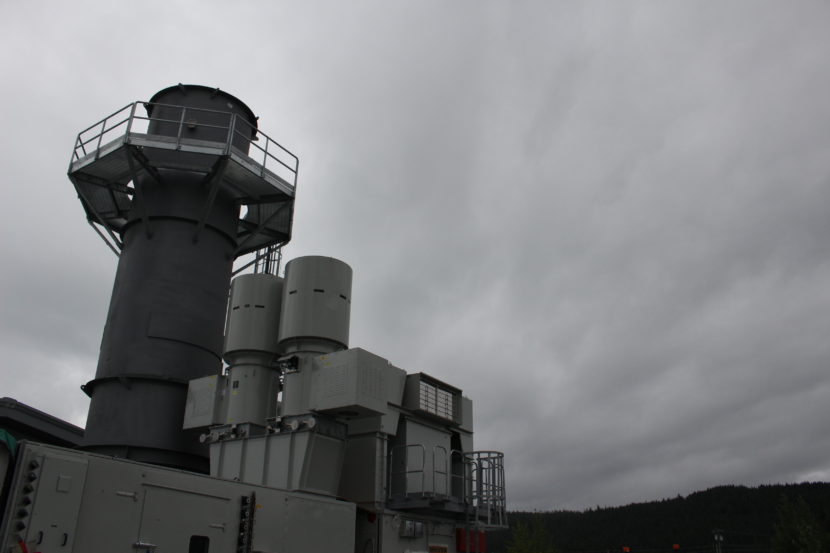
Alaska’s privately owned electric utilities can’t increase their rates overnight. They first have to go through a process with the state’s regulatory commission to demonstrate a need. That’s what Juneau’s utility — AEL&P — is at the beginning stages of doing.
But customers get little say about projects already on the books.
Last week, Alaska Electric Light & Power announced Juneau residents could expect to pay 8 percent more on their electric bills by the end of 2017 — pending approval from the Regulatory Commission of Alaska, or RCA.
The community’s last rate permanent increase was six years ago after a new hydro project was built.
“A lot happens in that amount of time,” said Debbie Driscoll, AEL&P’s vice president.
Like investments of over $50 million, according Driscoll. Since 2010, she says the company spent money on improvements to its transmission lines, substation upgrades and — most visibly — a new $22 million backup diesel plant.
“Which is less than half of the $50 million that we’ve invested over the last six years. In addition to those capital investments, we also just have increased costs,” she said.
Driscoll says that comes from normal inflation. And it was necessary to build the diesel plant to avoid rolling blackouts, in case of an emergency, like an avalanche.
The utility is proposing increasing Juneau rates in phases. First, this November by nearly 4 percent and again next year, by about another 4 percent. Essentially, the way it works for the state’s privately-held utilities is build now, ask for rate increases later.
“You have to pay for everything upfront. All the infrastructure. And the regulatory commission allows you to recover that over time,” she said.
Driscoll doesn’t think the utility typically earns everything back.
Still, compared to most other states, the order this happens in is unusual. And in Alaska, it can look like putting the cart before the horse. Or, in this case, the diesel plant and capital improvements before a final say on a rate increase.
“That’s a specific construct the legislature has created,” said Bob Pickett — a commissioner at Alaska’s regulatory authority.
He says in lots of other places, electric utilities have to submit a plan before spending money on projects. That plan can include things like current and projected load growth, how much power will be used over time, community input and ways to reduce the overall costs.
But here, the conversation happens afterward. At least, publicly. And it always has.
“Pretty much. Yeah,” he said.
There is a process of checks and balances. Privately owned utilities, like AEL&P, have to go through hearings with the state’s regulatory commission to establish a need for steeper electric rates.
“It’s like a trial. Yes, that’s probably a way to think about it,” Pickett said.
He says it takes over a year to reach a final decision on a permanent rate increase.
As it currently stands, Debbie Driscoll, from AEL&P, says Juneau’s electric rates are below the national average. And if the regulatory authority approves the full 8 percent, she says the capital city would only be slightly above that. It’s an increase of nearly $7 a month for an average customer in the summer.
“And an increase of $8 a month of during the winter,” Driscoll said.
Comments are open on the rate increase until Oct. 20.
